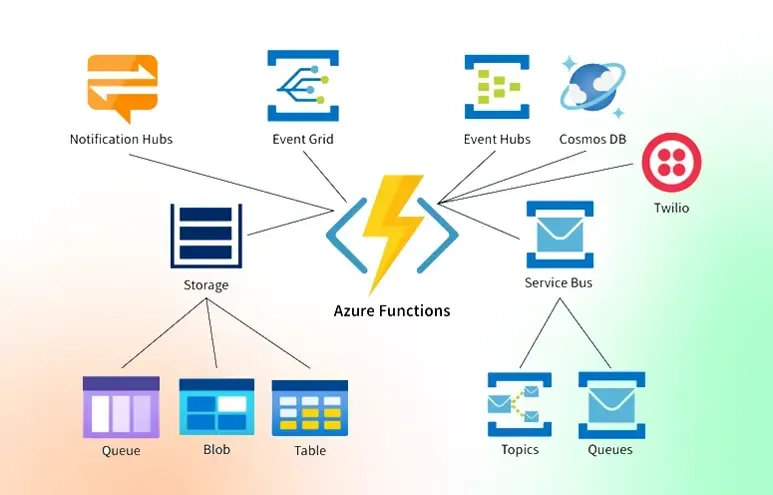
July 19, 2025
The Evolution of Enterprise Authentication
It's 2003. You're the IT administrator at a mid-sized company that just went all-in on this web application trend. Your CEO
Read moreA collection of
my thoughts and opinions on various topics.
Views are my own. Read at your own risk.
😅

July 19, 2025
It's 2003. You're the IT administrator at a mid-sized company that just went all-in on this web application trend. Your CEO
Read more
June 21, 2025
As I was wrestling with Lambda's CloudFormation templates for the third time this week, I felt a deep longing for Azure Functions. AWS
Read more
May 17, 2025
Ever wonder why your data pipeline spends so much time converting formats than it does actually processing data? You're not alone. In the
Read moreNVIDIA has released something that should be on every developer's radar: the Jetson Orin Nano Super Developer Kit. At $249, it's like finding that perfect development board that
Data modeling is deceptively easy to get started with. But the fast-paced progress made early on comes to a grinding halt when you realize your model will not accommodate some unforeseen situation or edge case.
This is part 3 of a tutorial series dedicated to getting you up & running with Azure Static Web Apps. This post is going to be much shorter than the previous tutorial.
In the previous post, we bootstrapped a basic VueJS app and deployed it to Azure Static Web Apps. The app is currently using localStorage to persist data, but in this post, we'll create a serverless GraphQL API and update our VueJS app to use the new API for data queries and persistence.
Azure Static Web Apps allows for easy setup of production-ready environments for web apps. You provide the GitHub repo link & it does the heavy lifting for you. This includes automatic setup of CI/CD pipelines, staging environments, SSL certs, a serverless API, and authentication.
I'll never spam you or disclose your information to anyone else. You'll only receive a notification when I post new content.
Sign up for updates